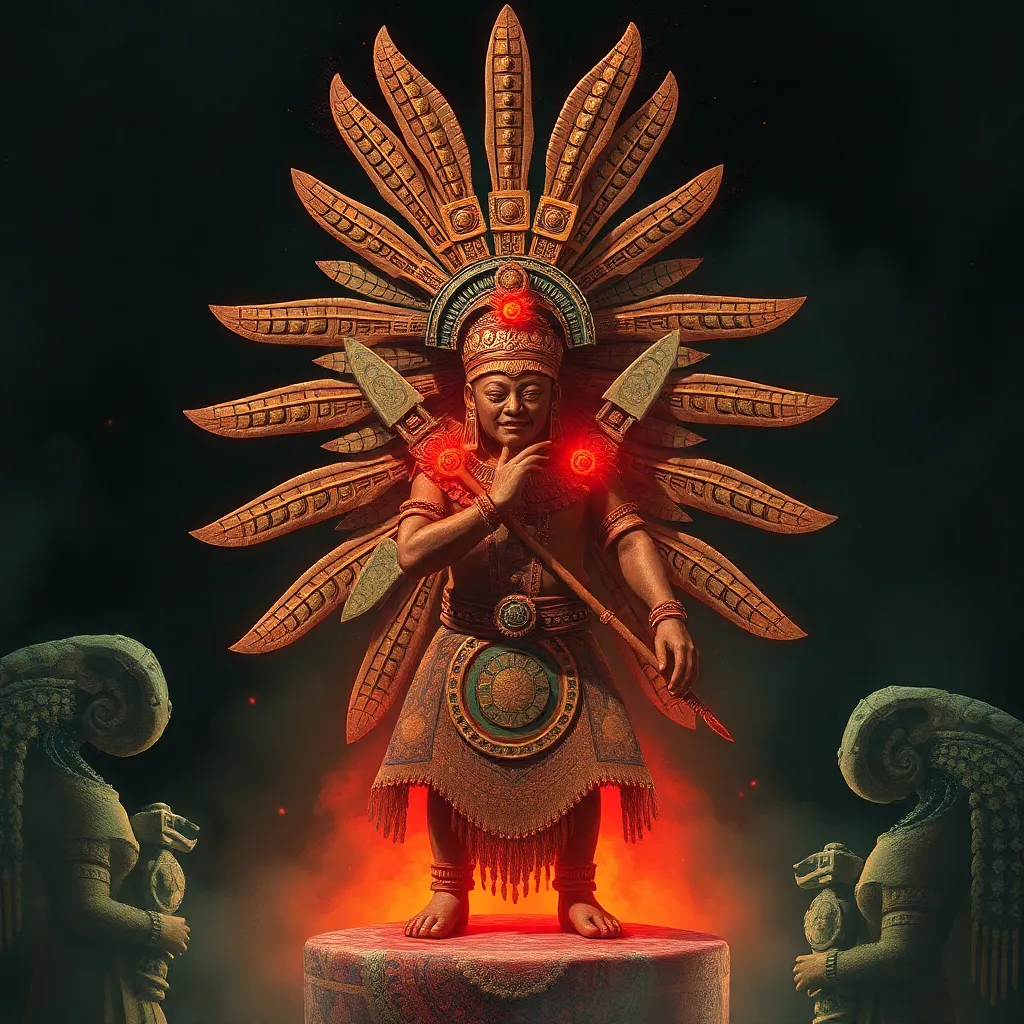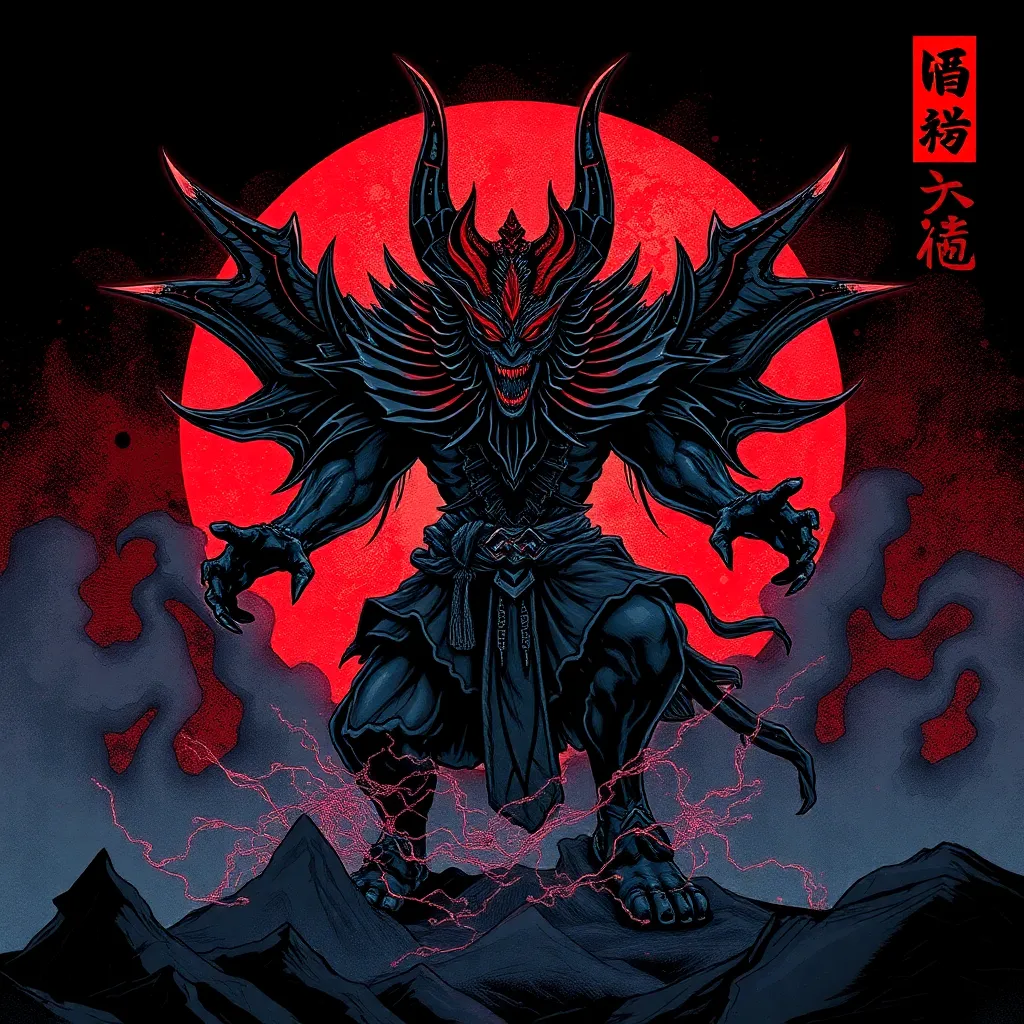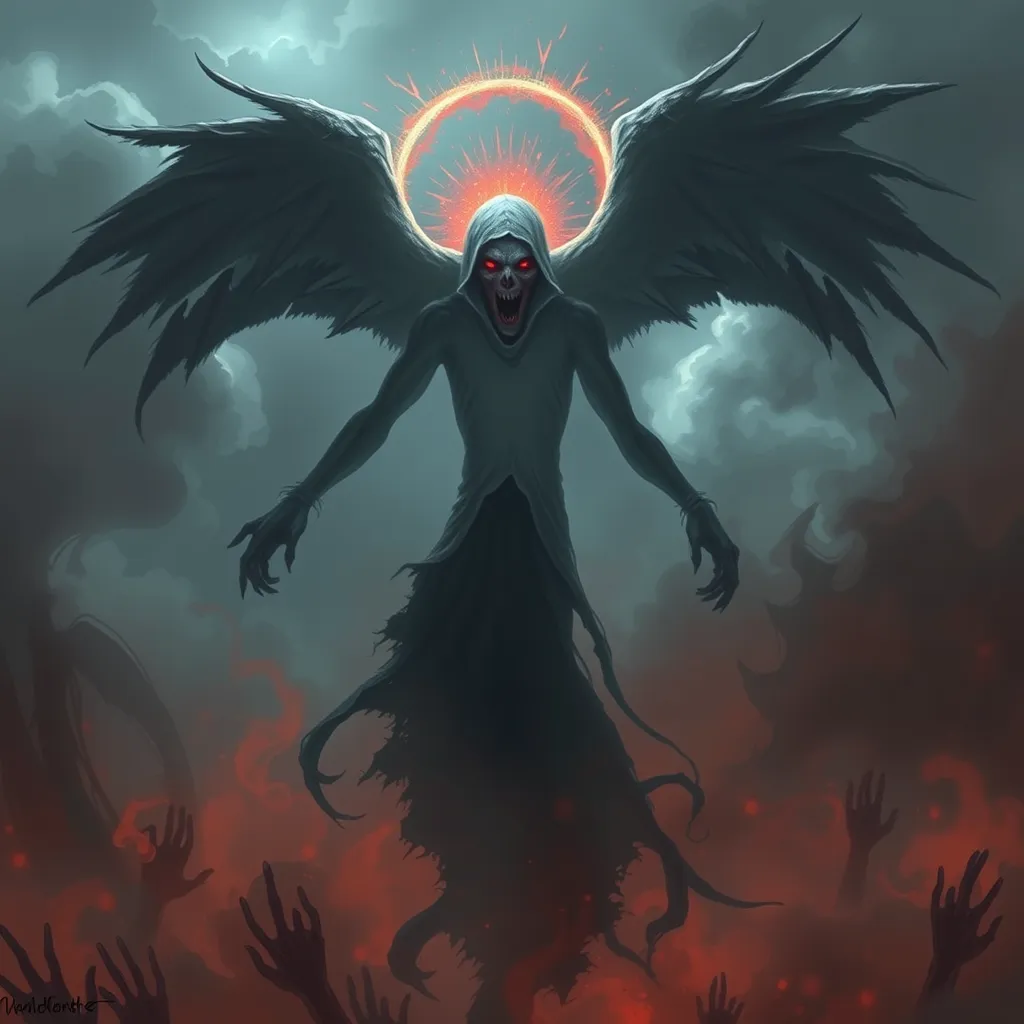The Ahuizotl: A Literary Journey through Aztec Poetry and Folklore
I. Introduction to the Ahuizotl
The Ahuizotl is a mythical creature from Aztec folklore, often depicted as a dog-like being with a hand at the end of its tail. This enigmatic creature is said to lurk in the waters, particularly in lakes and rivers, where it would drag unsuspecting victims under the surface. The Ahuizotl embodies the fears and uncertainties associated with water, a vital yet unpredictable element in Aztec life.
In Aztec mythology, the Ahuizotl holds significant importance, serving as a symbol of both danger and the supernatural. It is often associated with cautionary tales, warning about the perils of venturing too close to treacherous waters. This article aims to explore the Ahuizotl through the lens of poetry and storytelling, delving into its role in Aztec literature and oral tradition.
II. Historical Context of Aztec Mythology
The Aztec civilization, flourishing in central Mexico from the 14th to the 16th centuries, was rich in cultural practices and beliefs. Aztec society placed great emphasis on mythology as a means to explain natural phenomena, human behavior, and societal norms.
Mythology served several purposes in Aztec society:
- It provided explanations for the origins of the world and human beings.
- It reinforced social hierarchies and the importance of rituals.
- It offered moral lessons through cautionary tales.
Key figures in Aztec folklore include gods, goddesses, and mythical creatures like the Ahuizotl. Themes of creation, destruction, and the duality of existence permeate the stories, reflecting the complexities of life in the Aztec world.
III. The Ahuizotl in Aztec Literature
Several key texts from the pre-Columbian era and the colonial period feature the Ahuizotl, often highlighting its role as a fearsome creature of the water. One notable example is the “Codex Mendoza,” which contains illustrations and descriptions of various mythical beings, including the Ahuizotl.
Poetic depictions of the Ahuizotl often emphasize its cunning and malevolence. In these works, the creature is portrayed not just as a monster but as a representation of the unknown dangers that lurk in nature. The symbolism associated with the Ahuizotl includes:
- Water as a source of life and danger.
- Fear of the unknown and the consequences of recklessness.
- The duality of nature, embodying beauty and peril.
The themes of ambivalence and danger in Ahuizotl literature reflect the broader human experience, making these stories resonate across cultures and time periods.
IV. The Ahuizotl in Oral Tradition
Oral storytelling was a vital component of Aztec culture, allowing for the transmission of myths and legends across generations. The Ahuizotl’s legend varies significantly across different regions, with unique adaptations and local interpretations.
In many tales, the Ahuizotl serves as a cautionary figure, warning people against the dangers of deep waters. Some common themes in these oral traditions include:
- The importance of respecting nature and its boundaries.
- Consequences of hubris and ignorance.
- Moral lessons regarding community and cooperation.
These stories not only entertained but also instilled values and teachings that were crucial for communal living in Aztec society.
V. Comparative Analysis: The Ahuizotl and Other Mythical Creatures
When examining the Ahuizotl, it is interesting to compare it with other mythical water creatures from various cultures. Similar mythical beings often share characteristics, such as:
- Ambiguous nature—both nurturing and dangerous.
- Links to human fears about the unknown in water.
- Role in cautionary tales and moral lessons.
However, the Ahuizotl also possesses unique qualities that set it apart from other mythological figures, such as its specific association with lakes and rivers in the context of Aztec land and culture. This reflects broader themes in global folklore, where water often symbolizes life, death, and transformation.
VI. The Ahuizotl in Modern Interpretation
In contemporary literature and art, the Ahuizotl has seen a resurgence, influencing various forms of storytelling. Modern adaptations often reinterpret the creature, combining traditional elements with contemporary themes.
Some examples of the Ahuizotl’s influence include:
- Literary works that explore themes of identity and heritage.
- Artistic representations that highlight environmental issues related to water.
- Media interpretations that connect the Ahuizotl’s legend with modern fears and anxieties.
This renewed interest in Aztec mythology reflects a broader trend of exploring indigenous cultures and their narratives, allowing for a richer understanding of their significance in today’s world.
VII. The Ahuizotl as a Cultural Symbol
The Ahuizotl serves as a powerful cultural symbol, representing not only the fears associated with water but also themes of resilience and identity. In contemporary narratives, the creature is often associated with:
- Environmental themes, particularly regarding water conservation and ecological balance.
- Identity and heritage, as communities seek to reclaim and celebrate their cultural narratives.
- Resilience in the face of adversity, as stories of the Ahuizotl are reinterpreted to reflect modern struggles.
As a symbol of resilience, the Ahuizotl encourages a connection to nature and the importance of respecting the environment, making it relevant in discussions around conservation today.
VIII. Conclusion: The Enduring Legacy of the Ahuizotl
The Ahuizotl stands as a testament to the richness of Aztec mythology and its enduring legacy in literature and culture. Through this exploration, we have examined its significance in Aztec literature, oral tradition, and modern interpretations.
Preserving Aztec folklore in contemporary contexts is crucial for maintaining cultural heritage and understanding the complexities of human experience. The Ahuizotl’s place in literary and cultural history reminds us of the power of storytelling and the lessons woven into the fabric of myth.



